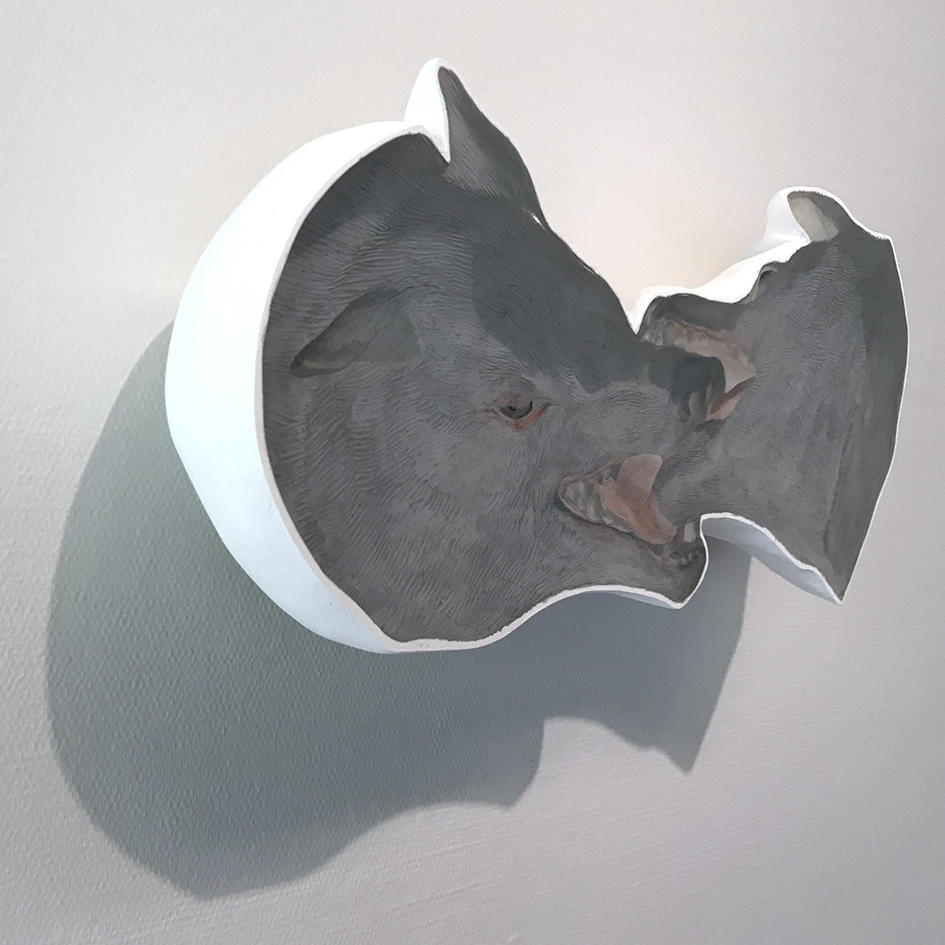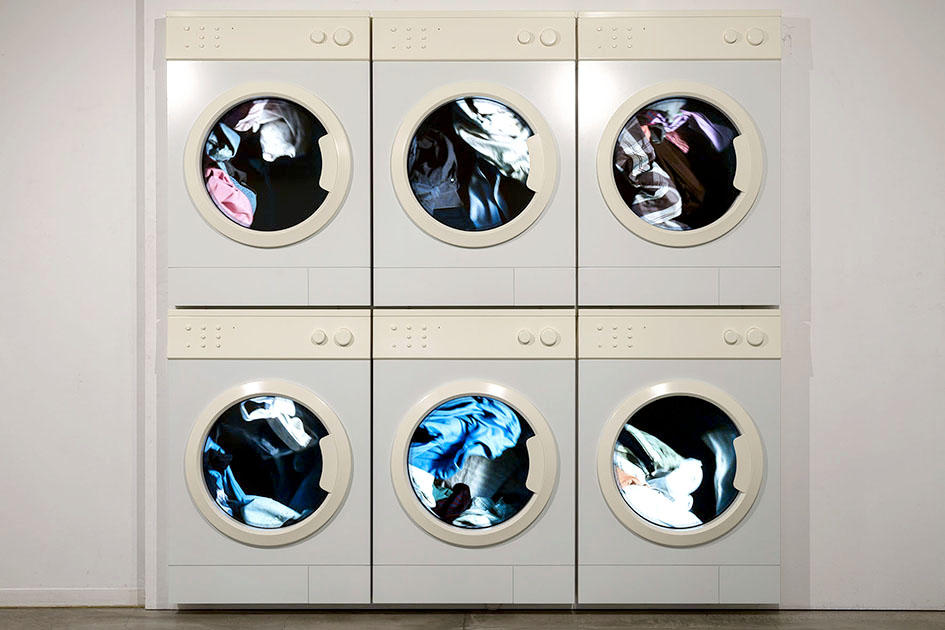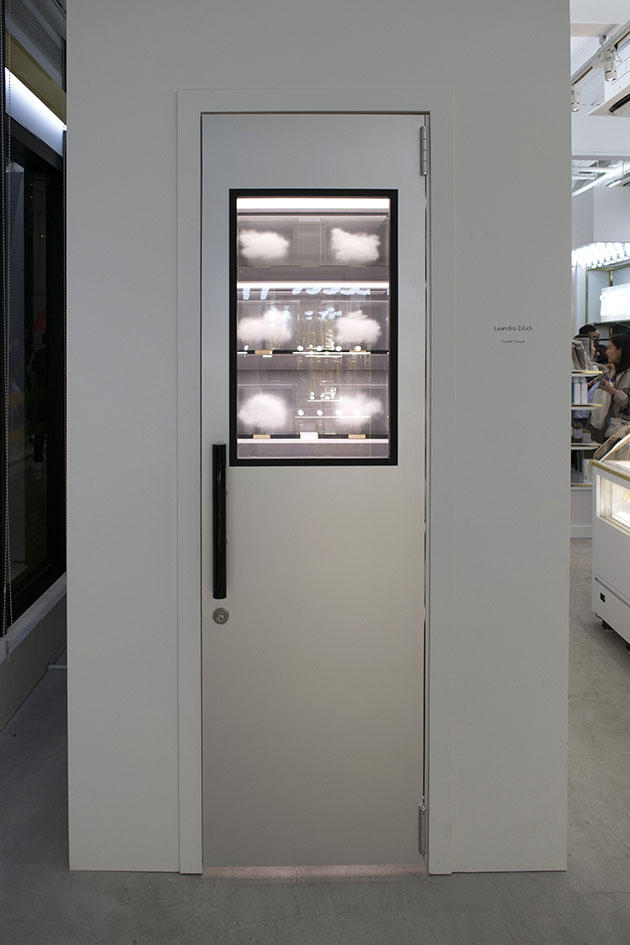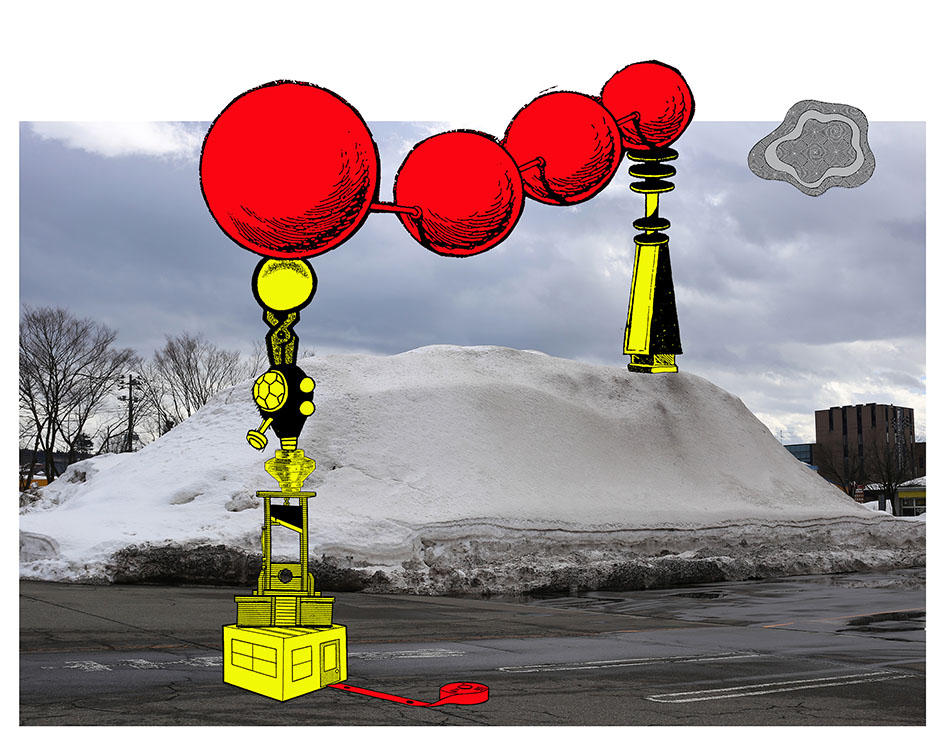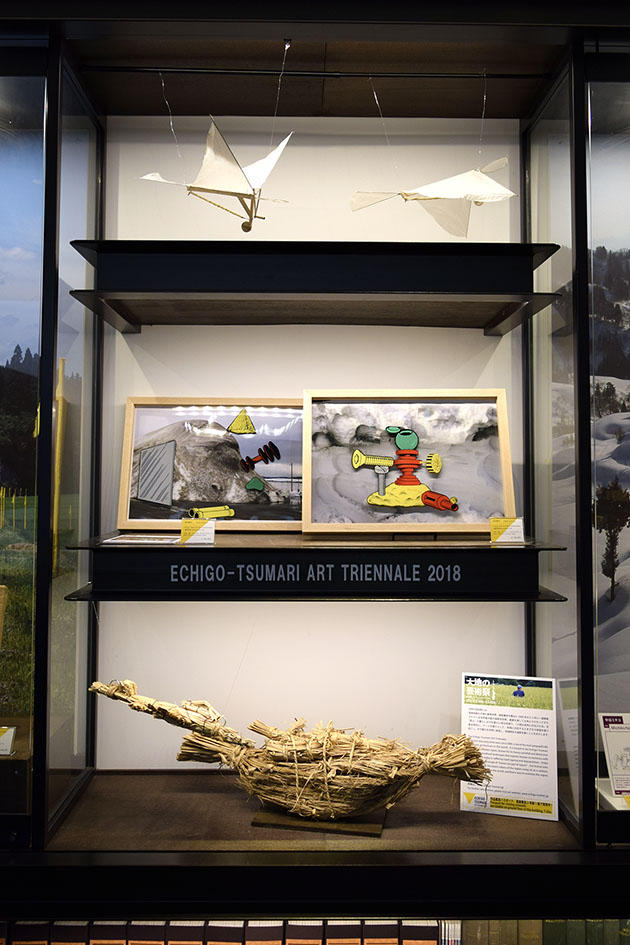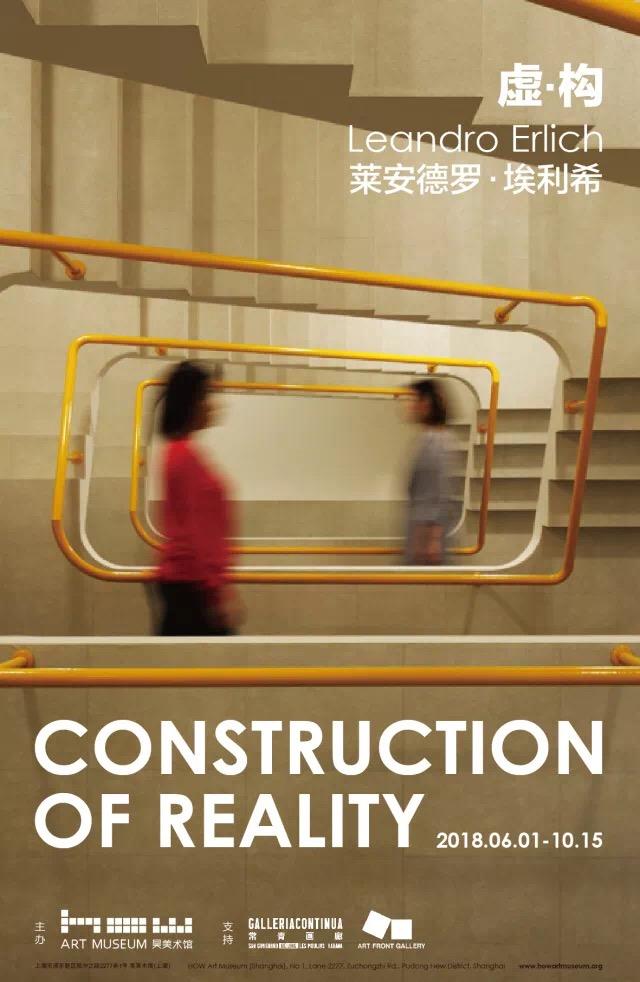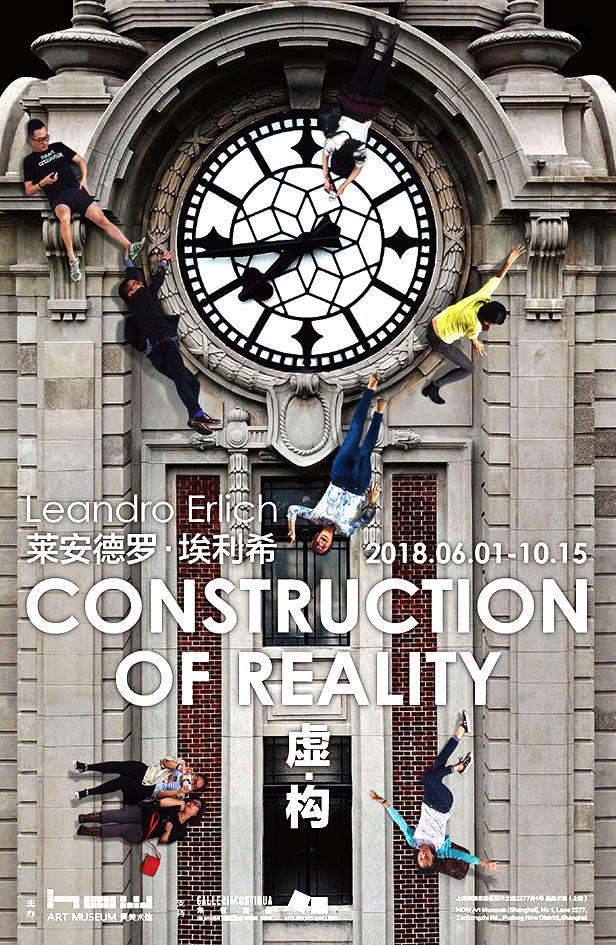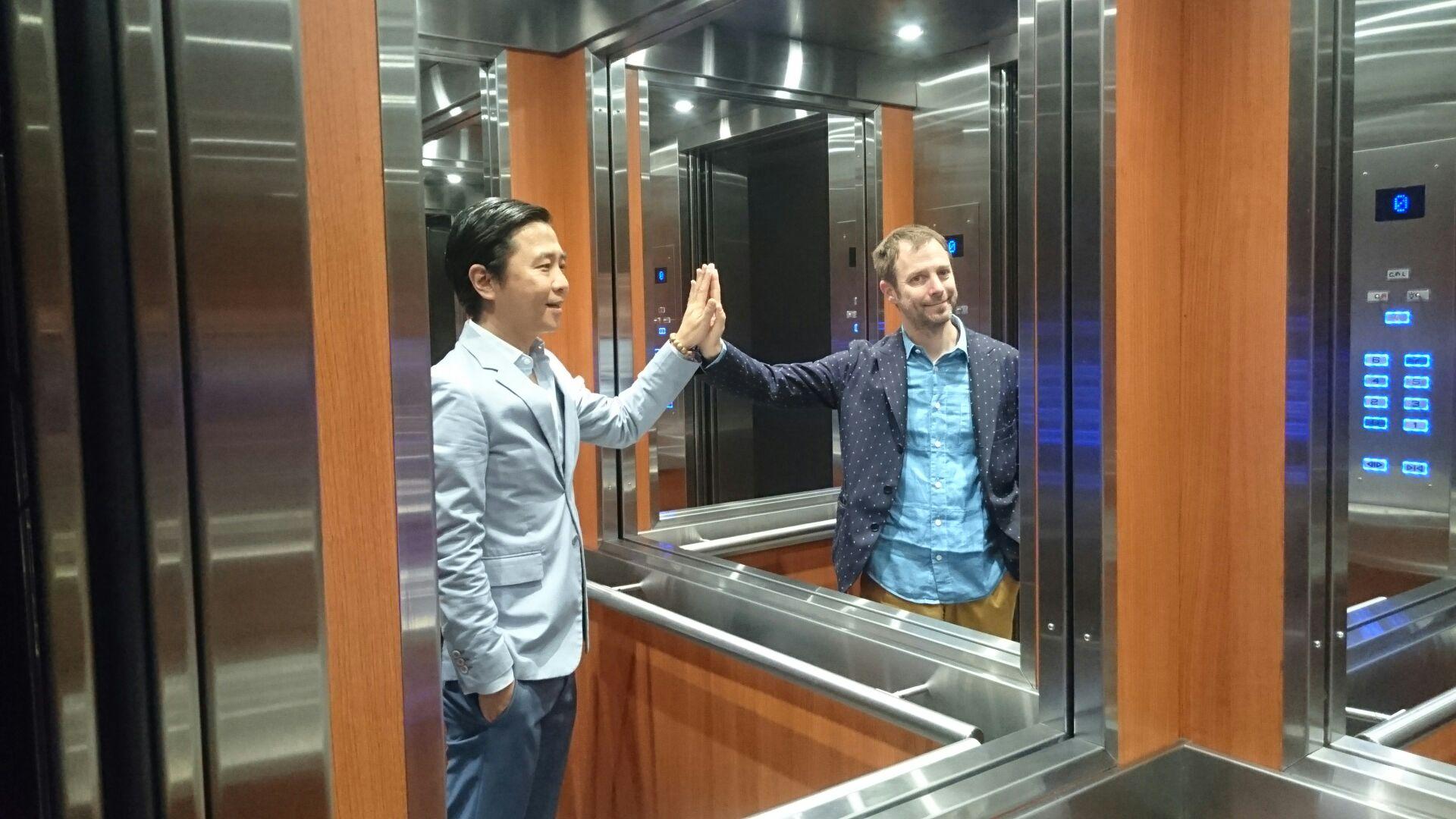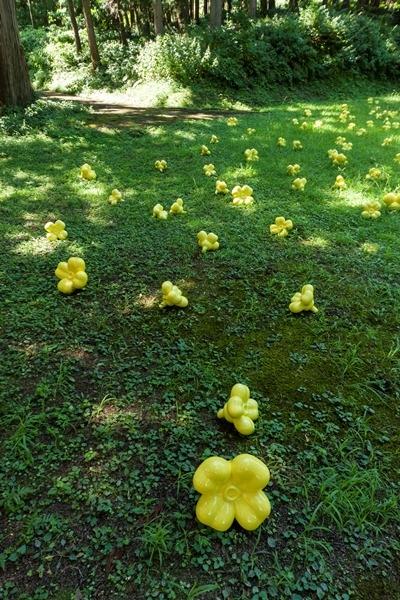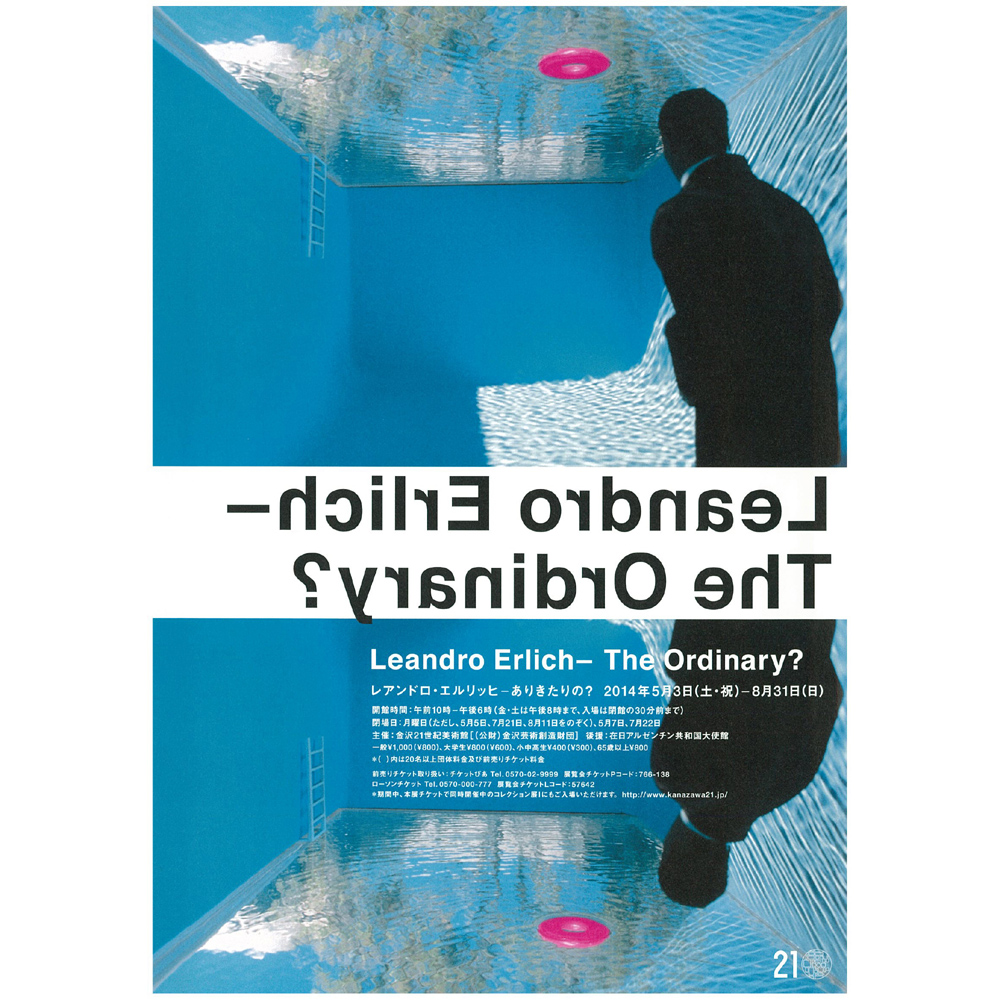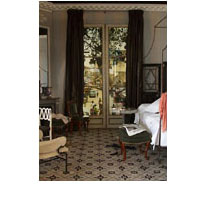Project

Leandro Erlich's latest work "Infinite Staircase" is finally open @KAMU Kanazawa
Gallery
"The Infinite Staircase 2020", the installation artwork at KAMU Kanazawa which was delayed because of the effect of COVID-19 this May, has been started its exhibition from July 23rd. This piece is also introduced on Bijutsutecho and Casa Brutus's posts.
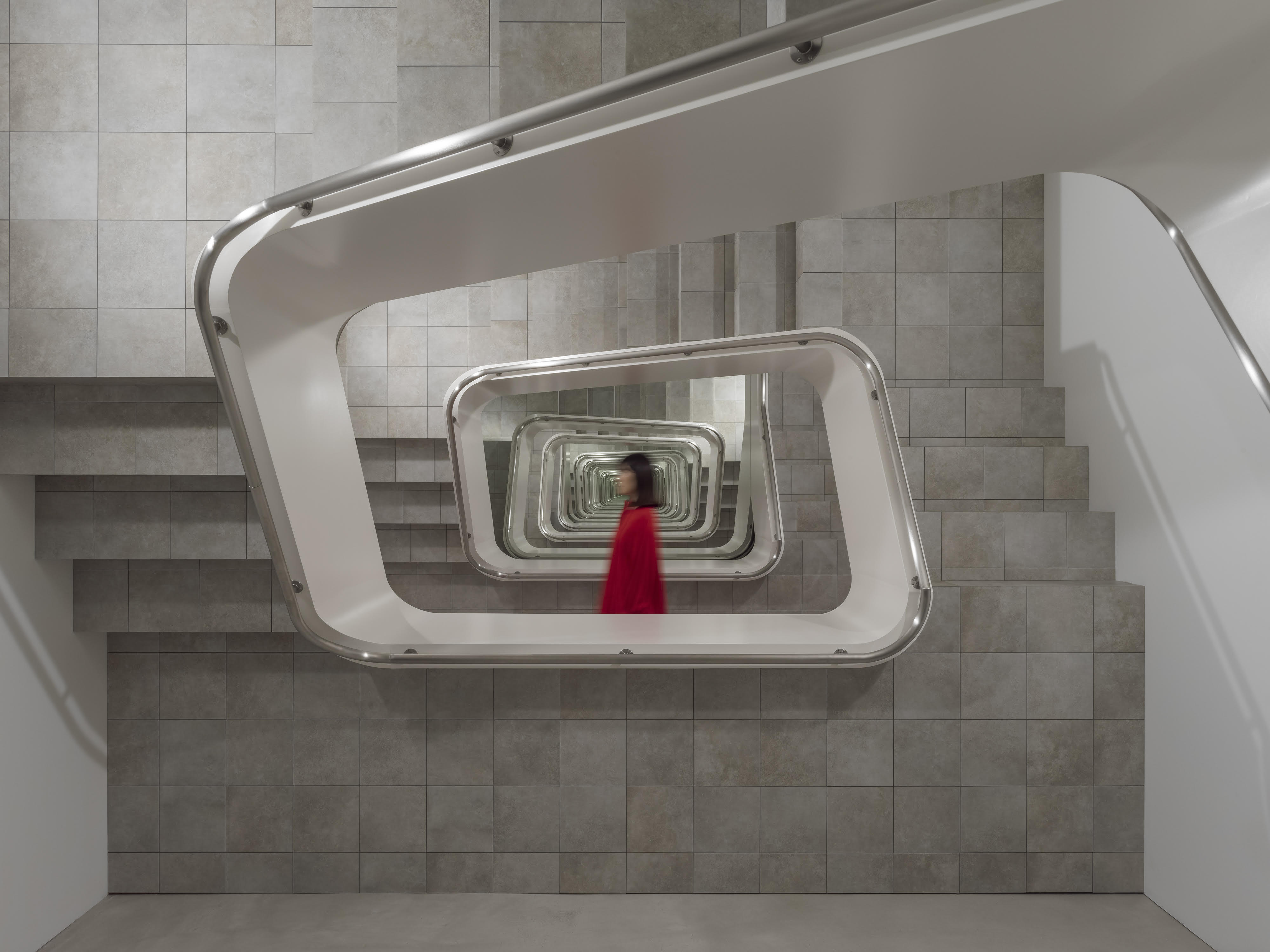
INFINITE STAIRCASE at KAMU kanazawa ©️Leandro Erlich Photo by Yasushi Ichikawa
It is an artwork that looks like a spiral staircase but lying on horizontally. It is an experience-based installation that allows viewers to enter the work and enjoy it.
As always as for Leandro, it is distorting what we, human beings, usually acknowledged of. Thus, when we go enter the installation, our “ordinary” cultural meanings get confused. The staircase lost its function.
“Everyone will experience the world of reality and illusion, which is what Leandro Erlich is famous for.” (Bijutsutecho / NEWS / EXHIBITION 2020.7.21)
“It is an artwork that makes you feel as if the space is twisted into horizontal world when the audience enters the artwork.” (Casa Burutus / July 21, 2020)

"INFINITE STAIRCASE" Leandro Erlich at KAMU Kanazawa
There are several series of Staircase by Leandro Erlich, however this “The Infinite Staircase 2020” is different from the past. This time, Leandro fully demonstrates the effect of using the mirror, which is one of known features of Leandro’s works. In a sense, it is a work that takes the best of Leandro's work so far.
The Staircase series started from 2005, and was also presented in Erlich’s “The Ordinary?” at the 21st Century Museum of Contemporary Art, Kanazawa back in 2014 which was his first solo exhibition in Japan. The museum already had another installation artwork by Leandro, which is “The Swimming Pool” (2004). This “The Swimming Pool” (2004) was and is very popular artwork at the museum, and addition to that, the 21st Century Museum Contemporary Art held a Leandro’s solo show in 2014.

"Swimming Pool" Leandro Erlich at 21st Century Museum of Contemporary Art
Simultaneously, Art Front Gallery had Leandro’s solo exhibition “Fragment of Illusion” at Tokyo. Another Staircase (2014) of Leandro has been shown at our gallery, which is the smaller scale model of actual size of Staircase at 21st Century Museum of Modern Art, Kanazawa. The spiral and horizontal staircase is installed inside of Exit sign box, with Japanese meaning “emergency exit” on it.
This, “Staircase” (2014) was exhibited for those audiences who were waiting for Leandro’s work when the production of the Infinite Staircase 2020 for KAMU Kanazawa was delayed due to COVID-19.

"Staircase" Leandro Erlich Exit sign, iron, tiles, wood 2014, Currently exhibited for“Art Front Selection autumn 2020”at Art Front Gallery.
According to Leandro, he got inspiration of Staircase series from a department store in Tokyo. He explained, that “The staircase is symbolically a meeting place to me. But I wondered what would happen if such a staircase lost its function.” (Sachiko Tamashige, 2014, the Japantime https://www.japantimes.co.jp/culture/2014/07/03/arts/nothing-ordinary-leandro-erlich/)
This is how the Staircase has started.
So, what makes this The Infinite Staircase 2020 is outstanding and different from other Staircases?

"Ascending and Descending" Maurits Cornelis Escher
This time, there was a limitation of space for the installation. It was smaller than previous museums where Leandro installed other Staircases. To resolve the constrain, Leandro came out with the idea of using the mirror this time to create the infinitely continuing Staircase. As a result, I dare to say that “The Infinite Staircase” is the most established stage among Leandro’s Staircase series. This could be another great living example of “Art lives from constraints and dies from freedom,” by Leonardo da Vinci and, of the way of OuLiPo, the group of French-speaking novelists who believe that when the constraints are used in creating art, it expands the imagination of artist which brings better results.
By adding the mirror, the stair became endlessly repeated and create an amplified space. This reminds us of Escher’s artwork, “Ascending and Descending” which was influenced by the Penrose staircase. Penrose triangle shape staircase is an impossible object in real life. However, the artist Escher created the idea via print artwork. This time, we could say Leandro has stepped forward by implementing the impossible object into the real world.

"Infinite Staircase (2020)" on production
Actually, it was very challenging to create the spiral which seems almost impossible to carry out. First, two stair cases were required for both sides unlike the previous Staircases. In addition, the spiral structure is curved in three-different-angles, and the shapes of the handrails and stairs were repeated in difficult angles to calculate. We tried and failed with lots of tries and discussion with different calculation for each time, however the angle we wanted was still difficult to be realized. There is no choice but to believe the sense and the skill of the craftsman at the end. And the result is right at KAMU Kanazawa, and probably one of the best in Leandro’s works.
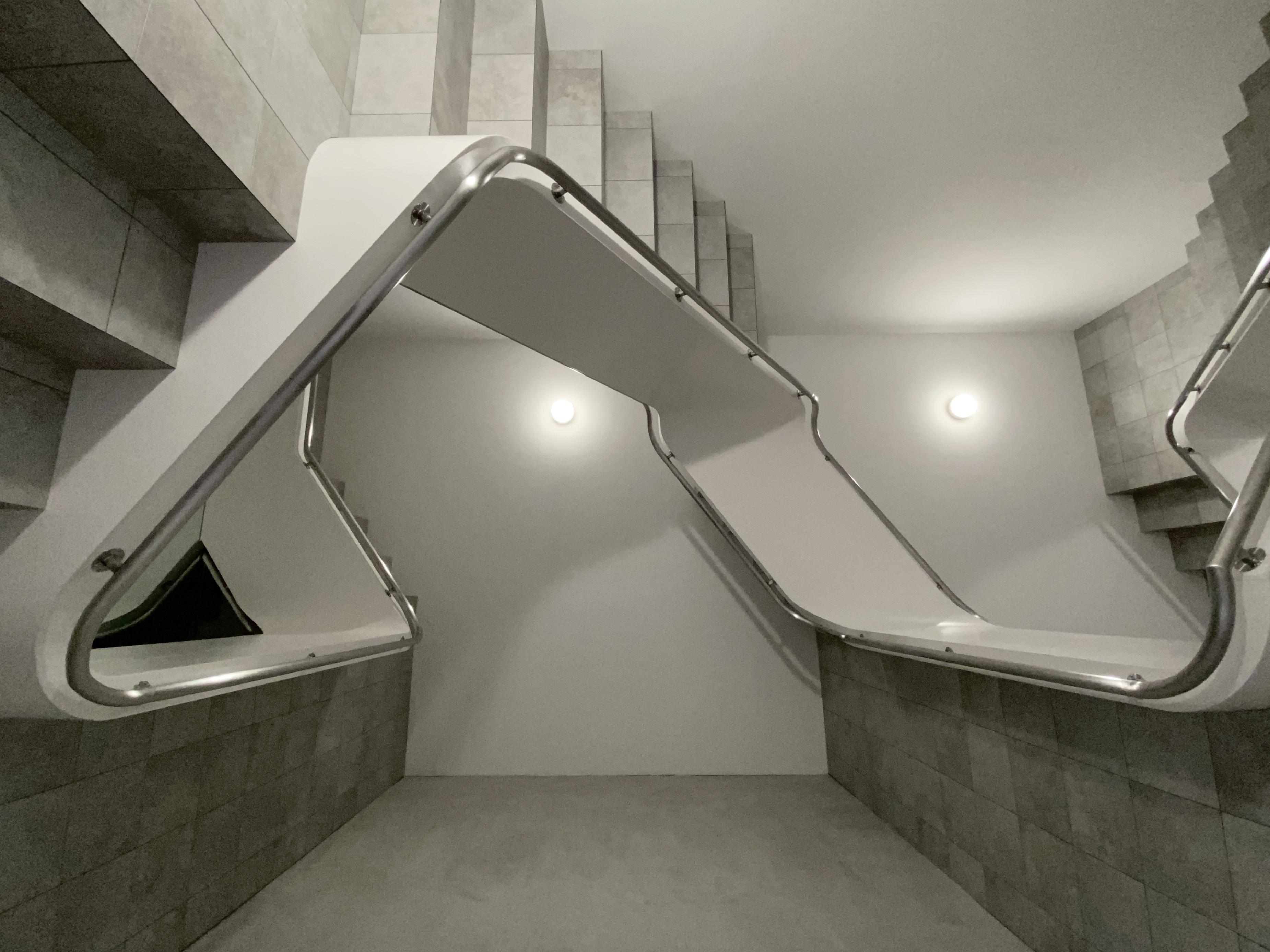
"INFINITE STAIRCASE" Leandro Erlich at KAMU Kanazawa
When the viewer stands vertically from the floor and looks at the Staircase in front of them, the audience feels as if they are looking straight down the stairwell, and might have impression of falling down toward the bottom of stairs.
It is a typical work of Erlich using the structure of architecture that analyzes casual scenes of everyday life and causes a gap between visual perception and experience. However, as it is described above, the Infinite Staircase will give another step ahead because this experience will question us about what is normal, and bring us to re-think about our perspectives and cultural meaning inside of our brain.
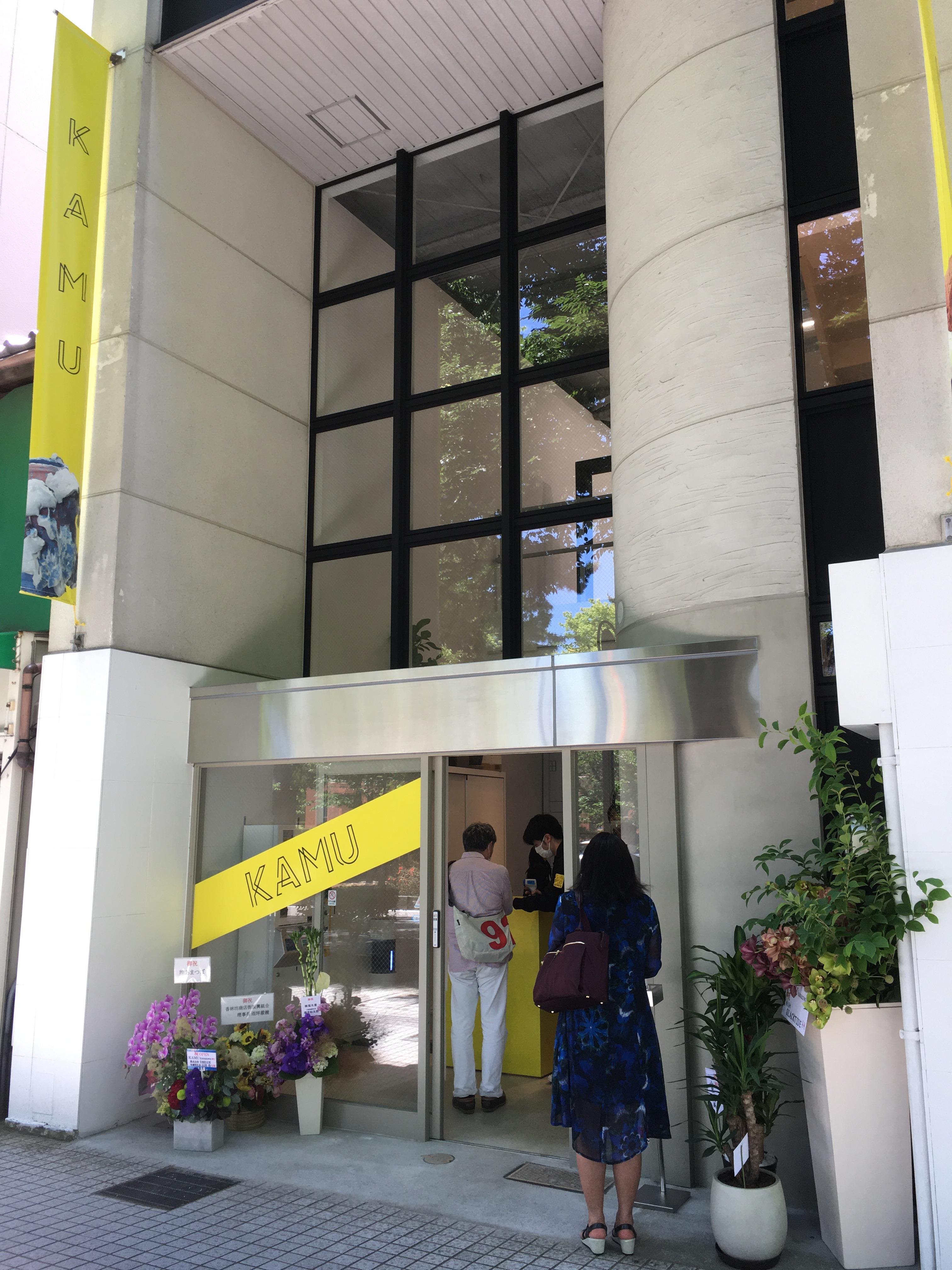
For those who has been waited for his new work, it is great chance to visit KAMU kanazawa which takes 3 mins walk from 21st Century Museum of Modern Art, for new experience of dismantling our thoughts.
Moreover, please visit Art Front Gallery too to see the history of Staircase series, and to compare his past and now. It would be more excited to looking forward to see how the artist and the art are developing further and further.
Leandro Erlich had an interview with Art Front Gallery about the situation with COVID-19. Please follow the link below for your reference.
link
Artists
Related News




![[ART FAIR] Kiaf SEOUL 2023 / 키아프 서울 2023](https://artfrontgallery.com/whatsnew/assets_c/2023/09/kiaf-thumb-652x652-11457.jpg)
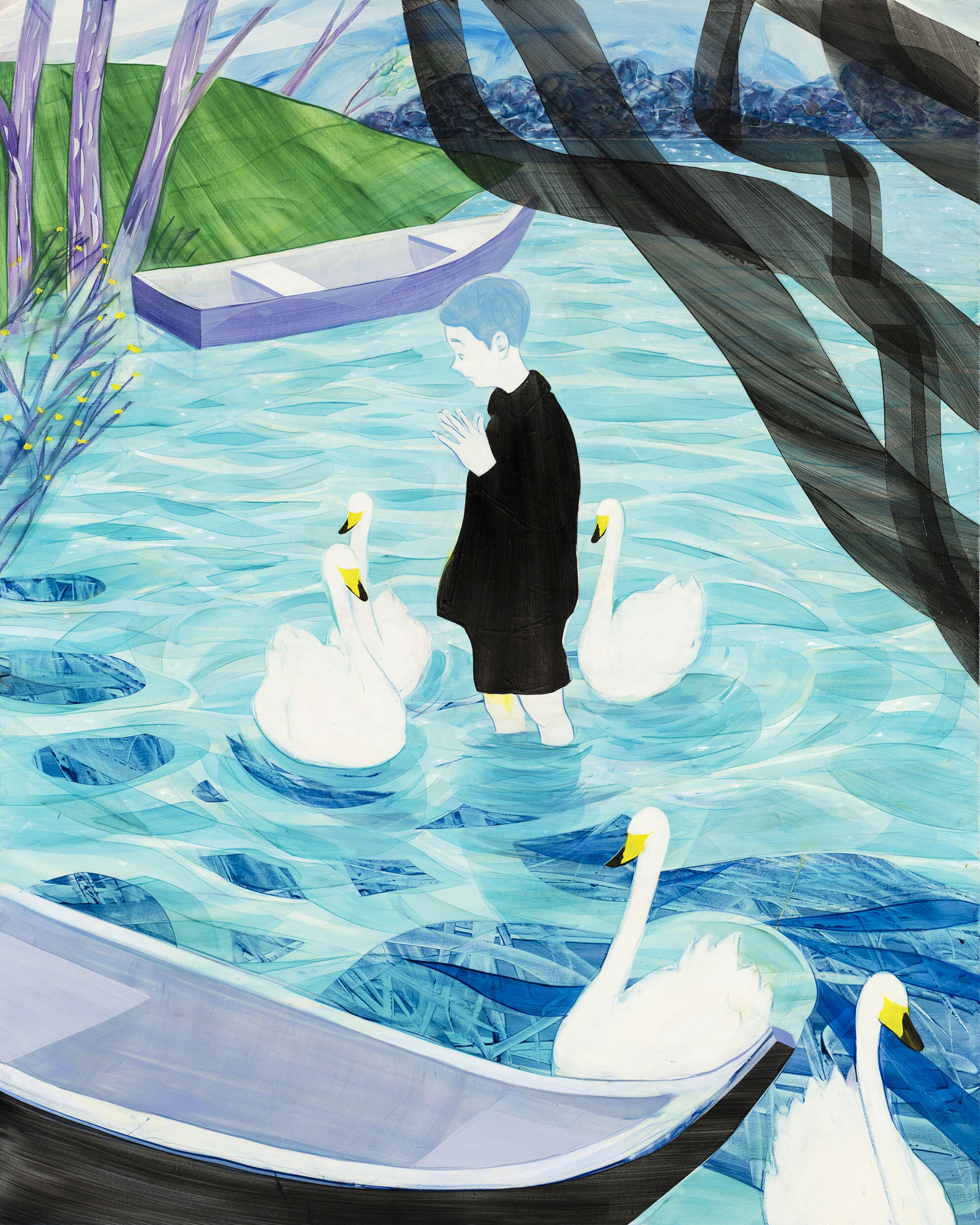


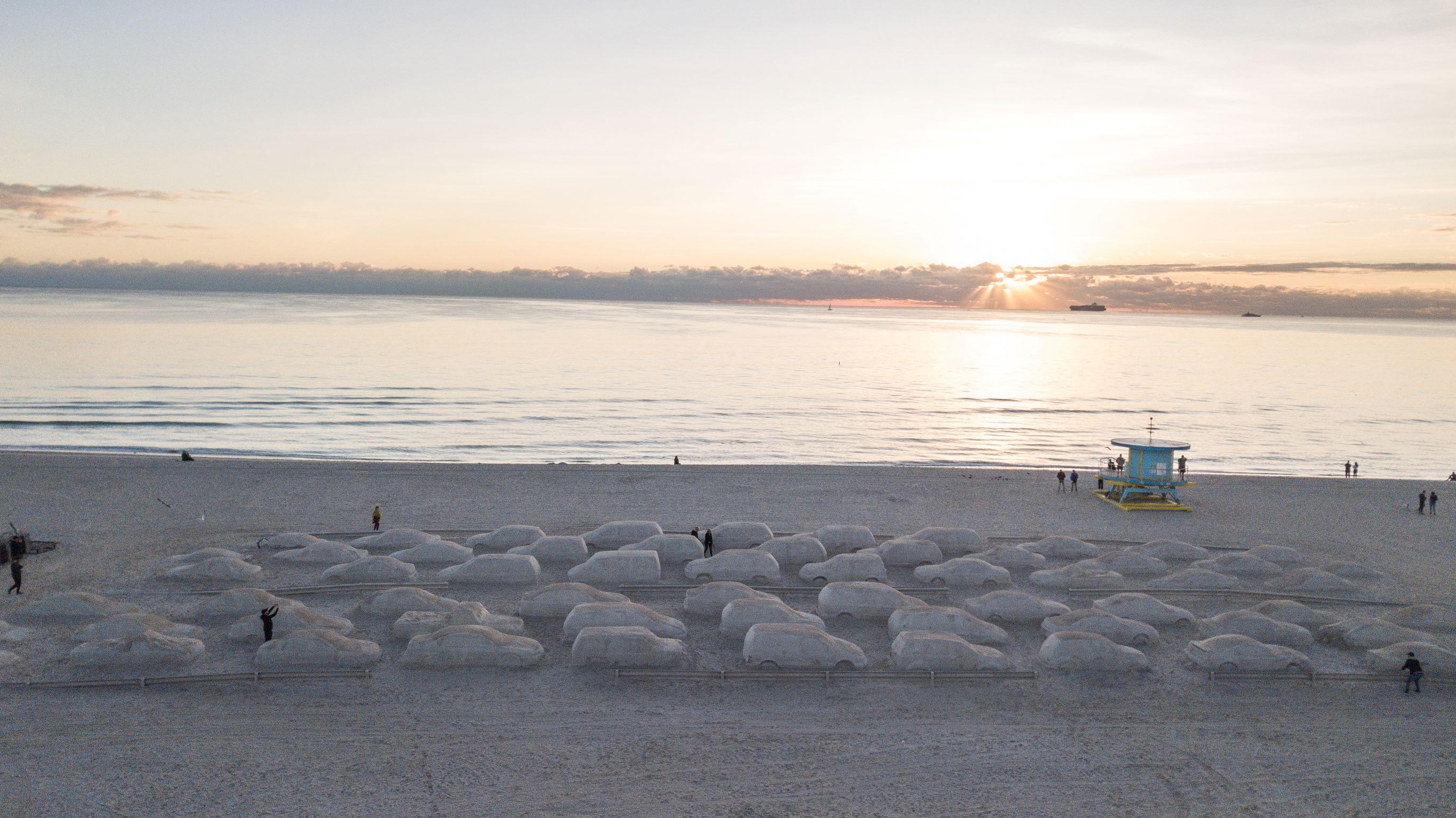



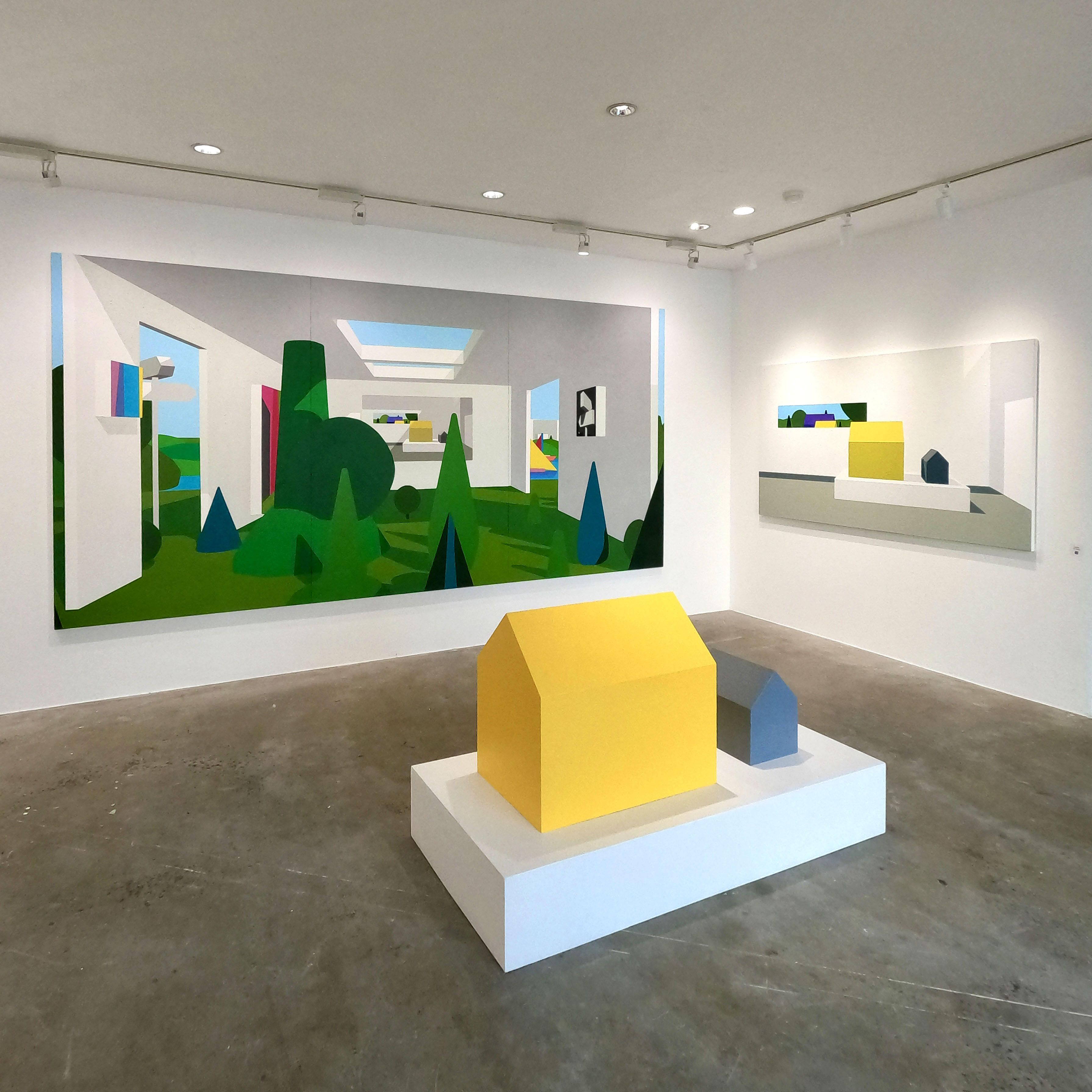
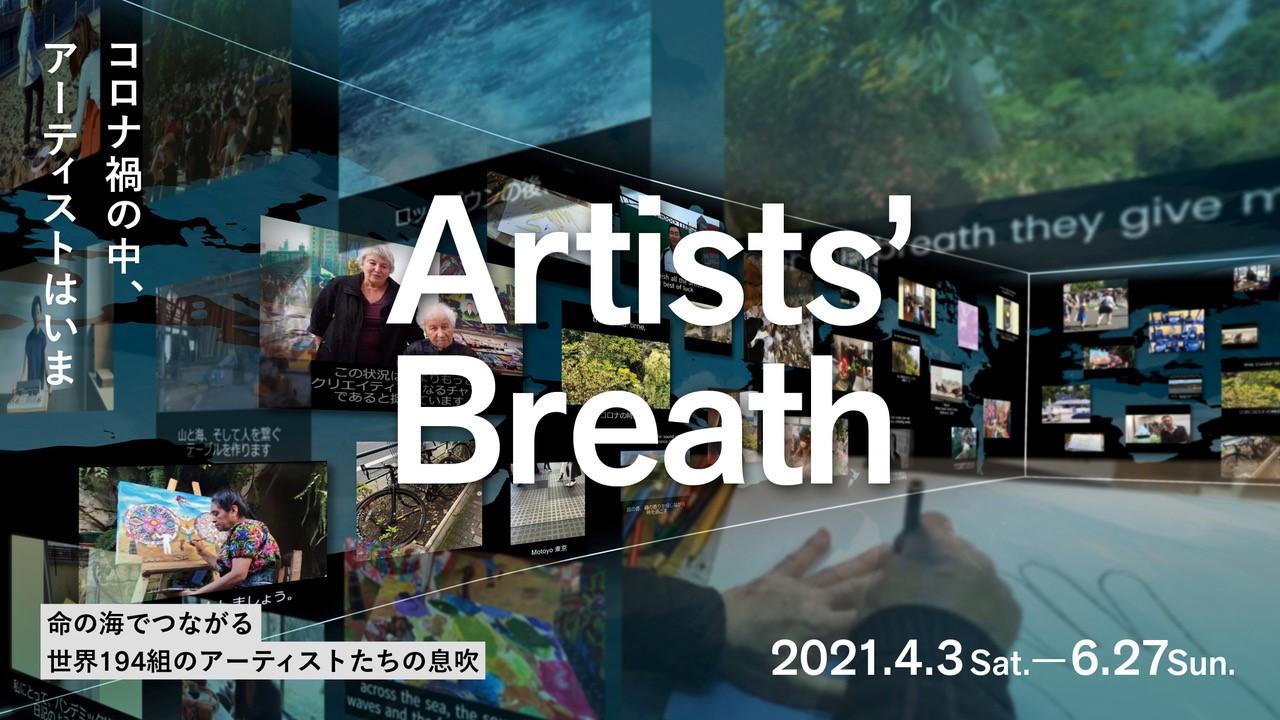

![[Oct. 9] Art Front Selection 2020 autumn : Temporarily closed](https://artfrontgallery.com/whatsnew/assets_c/2020/10/3ebd832ad43ca0ffa8a63682bb49b2fe5258a439-thumb-2444x2444-8076.jpg)
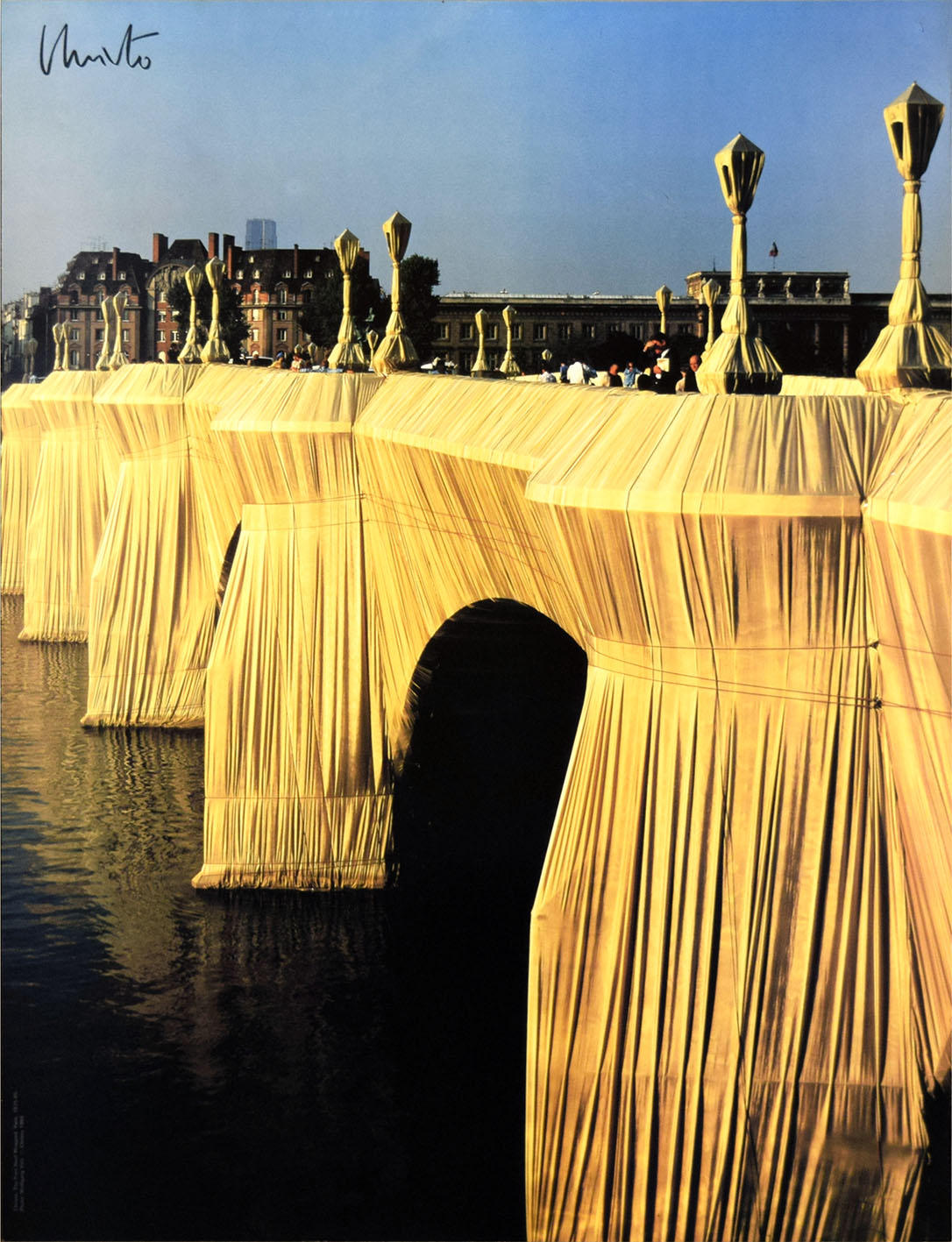
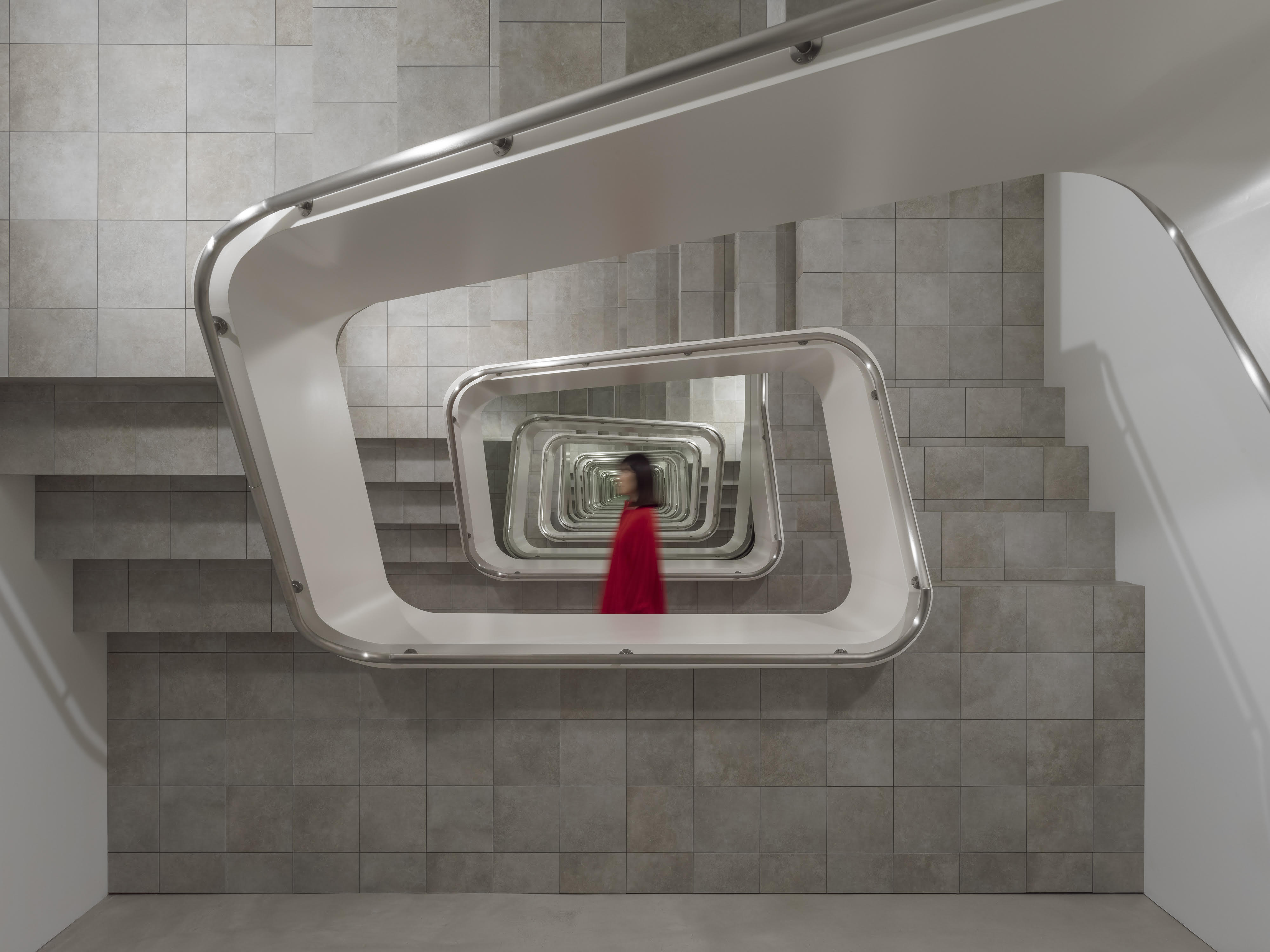





![[session extended] Related Exhibition of ART SETOUCHI @ DAIKANYAMA T-SITE anjin café](https://artfrontgallery.com/whatsnew/assets_c/2019/07/51b443e36450b17840c8fd878ff5b7350ac9f4c6-thumb-945x945-6744.jpg)
